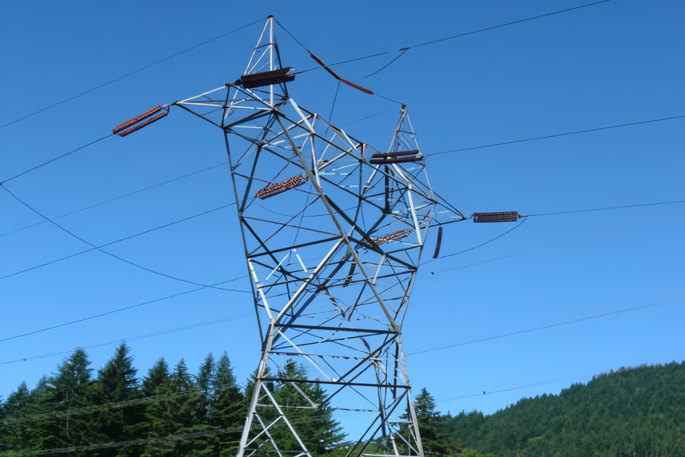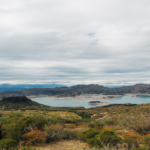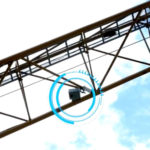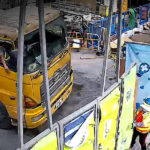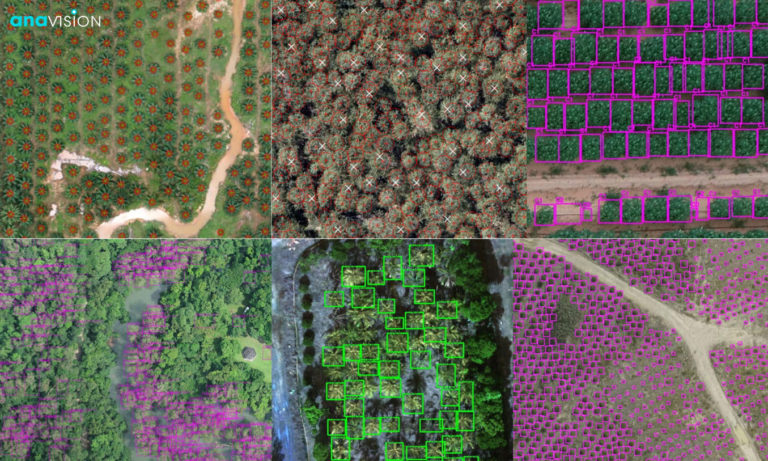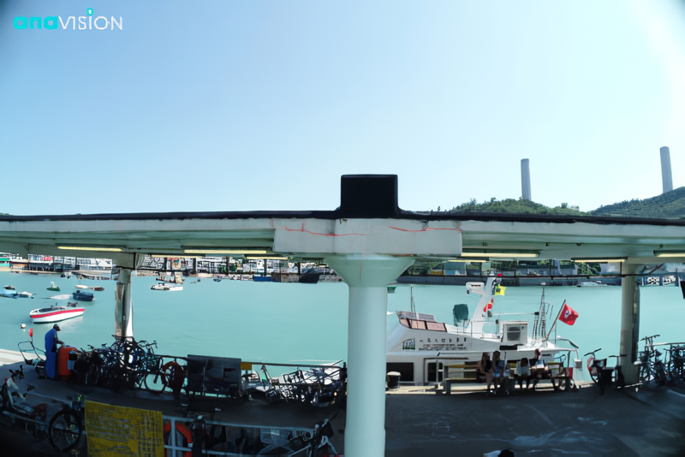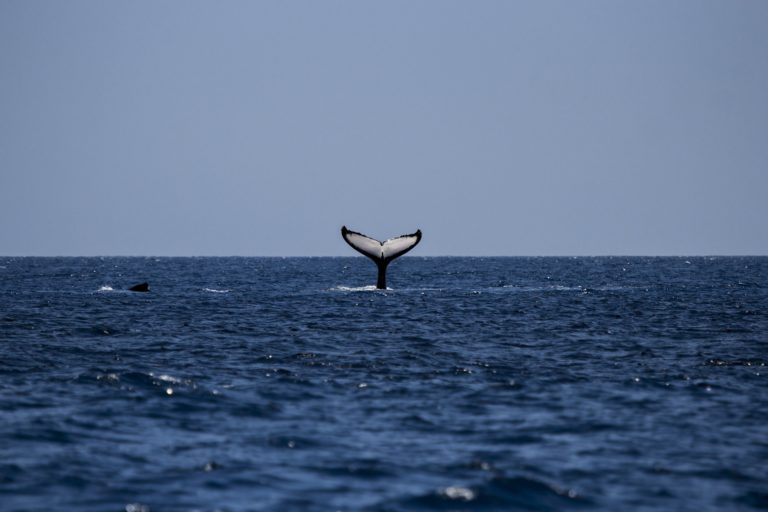Long-distance transmission of electric power mainly adopts high voltage and ultra-high voltage overhead power lines. Safe operation of power lines is the guarantee of long-distance transmission. Any setting issues and defects of the power lines, as well as trees/vegetation getting too close to the power lines, will affect the stable operations, hence, conducting periodic power lines inspections and corridor mapping are crucial to ensure reliable electric power distribution.
Power lines inspections are typically performed by manned helicopters or by a ground patrol team. Both approaches are suboptimal. Helicopters can capture data quickly and over large areas of land, but they are expensive, noisy, ecologically unsustainable, and cannot operate near residential areas. Traditional human patrol relies on huge manpower, which is time-consuming and inefficient, and patrolling personnel may be located in deep wilderness and/or hazardous terrain. Ground-based data collection also lacks detail and flexibility. Overall, risk assessment cannot always be complete, accurate and up-to-date. Therefore, power transmission lines inspection based on unmanned aerial vehicle (UAV) has been attracting the attention of governments and relevant energy companies.
Intelligent Drones to Improve Power Lines Inspections Efficiency
Automated and easy-to-operate drones can cover long distances in a single flight and provide detailed and accurate aerial imagery of power lines and surroundings. Anavision worked with the drone service partner to equip the drones with both thermal and RGB cameras. Captured imagery can be used to map the terrain and recreate the 3D model of the power lines, transmission towers, as well as of the surrounding buildings, trees, and vegetation.
Through remote sensing technology, acquired data is automatically processed and analyzed by artificial intelligence algorithms in a much shorter period of time, which are trained to:
- identify any defects of the power lines and transmission towers;
- detect any vegetation or danger objects getting too close to the power lines and send out alerts.
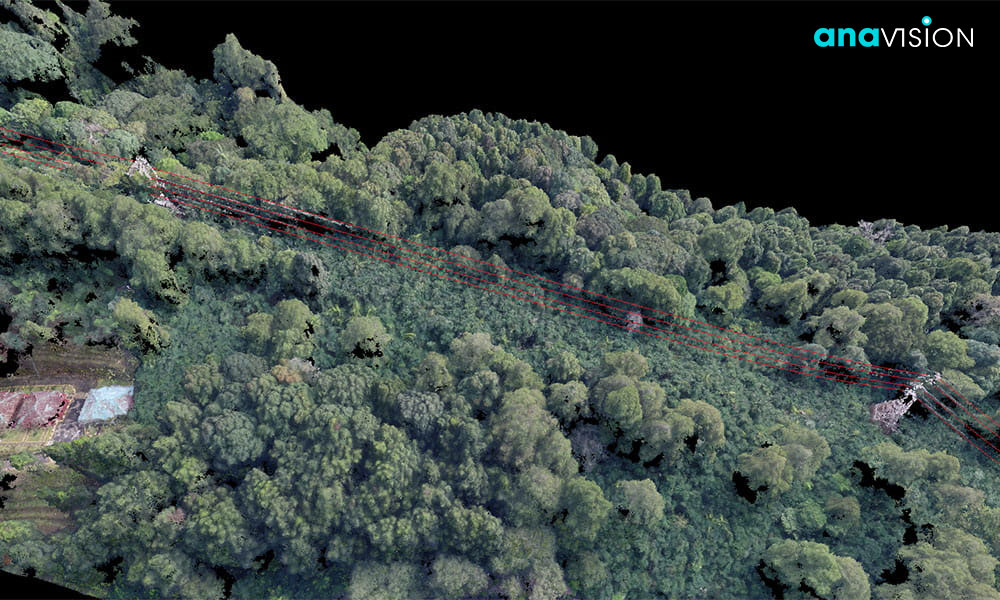
AI-based Growth Trend Prediction
In addition, with the understanding of the type of trees nearby the transmission towers and power lines, our AI-based technology can be used to develop a risk prediction model, which is able to predict approximately when those trees will be getting into a risky zone around the transmission line system. Once it is predicted that any branches or trees will cut into the risky zone in 1 month or 3 months, our system GeoXpert will send an alert to operators, empowering the team to make informed decisions and take early action.
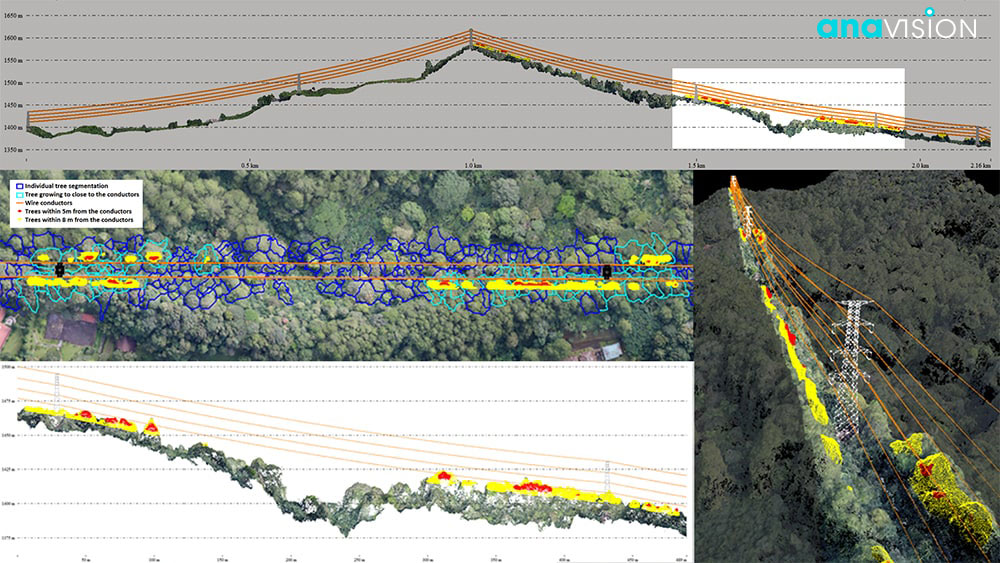
Drones can be an efficient and economic method to make intelligent inspections for power lines network maintenance. It enables collecting the needed data, providing a complete overview of the inspected assets for identifying and mitigating risks in power distribution in advance.
We believe that the drone solutions for utilities can not only significantly reduce the cost of the inspections but also provide scientific and accurate standardized results. It also allows more frequent and on-demand inspections, such as inspections immediately after a storm, which would positively impact the reliability and resilience of the transmission grid. Believe in the near future, drone patrol will be applied widely and play a more important role in the field of electric power supervision.
Want to Learn More?
Check out more about our drone solution services for infrastructure today.

